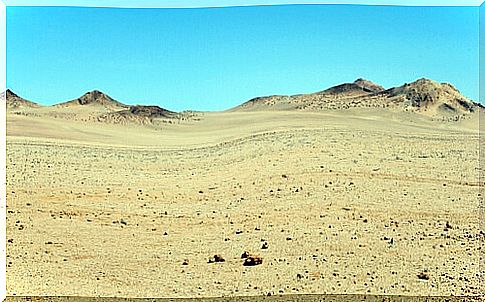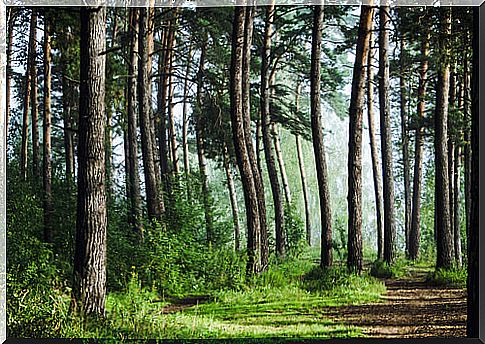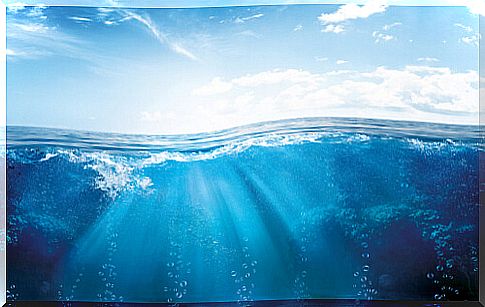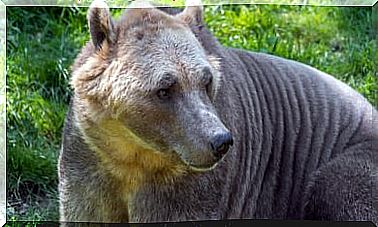The 5 Main Ecosystems Of The World

On our planet we can find many different biomes. However, there are some that are more important due to how much percentage they occupy. In the following article we will tell you about the main ecosystems in the world.
Ecosystems of the world: which are the largest
An ecosystem is a system made up of living organisms and a physical environment. All organisms share the same habitat and form a ‘chain’ of interdependence or food. We can divide the world’s ecosystems into terrestrial or aquatic and then differentiate them according to their inherent characteristics. The most important are:
1. Jungle
The main areas where there is jungle – photo that opens this article … are the Amazon, central Africa, Southeast Asia, eastern Australia and the Caribbean, and eastern North America. There are in turn different types: subrtropical, temperate, rainy, dry, mountain, lowland or gallery.
As characteristics of this ecosystem, we can indicate that the temperature is between 18 and 29 ° C, that the rainfall is from 1,500 to 3,000 millimeters per year and that the soils are shallow. Some animals that live in the jungle are: crocodile, snake, iguana, macaw, elephant, rhinoceros, orangutan and panther.
2. Desert
It is another of the main ecosystems in the world and can be found in western North America, southwestern South America, north Africa (the famous Sahara and the Arabian peninsula), southwestern Africa, southwestern Australia, and central and southwestern Asia.

Desert biomes are arid, with sand, stones, or dirt, and sometimes it hasn’t rained for hundreds of years. The flora is scarce, scattered and low. The animals that live in the desert are the camel, the spider, the scorpion, the mouse, the snake and the vulture.
3. Forest
When we refer to a ‘forest’ we are talking about an area with large amounts of trees –mainly conifers, oaks, firs, redwoods, beech trees, etc.– that can be found in northern North America, Europe, central Asia and Patagonia in South America.

The forests are characterized by presenting great differences between the seasons, since for example in winter it snows, in spring it rains and in summer it is quite hot. Among the typical animals of this ecosystem we can find bears, deer, foxes, owls, anteaters, cougars, wolves and woodpeckers.
4. Sea
The marine ecosystem includes not only the oceans, but also the seas and marshes, and is the most stable of all in terms of temperatures and salinity. Only sunlight penetrates up to 200 meters from the surface, but this does not prevent life from developing in the depths.

In the sea we can find millions of fish, crustaceans, reefs, cetaceans, arthropods and plankton, as well as species that spend time in the water, but also come to land: penguins, seals and sea lions.
5. Rivers and lakes
The last of the world’s major ecosystems encompasses all freshwater courses, including rivers and lakes, but also swamps. It can be present between forests, jungles or even in the vicinity of deserts. Some flow into the seas and are present all over the planet.

Freshwater mirrors are one of the most biodiverse places on the planet and, in addition, they are the source of life for terrestrial animals and plants. In rivers and lakes we can find many fish (from piranhas to salmon), reptiles such as the crocodile, amphibians such as toads and mammals such as the curious pink Amazon dolphin.









